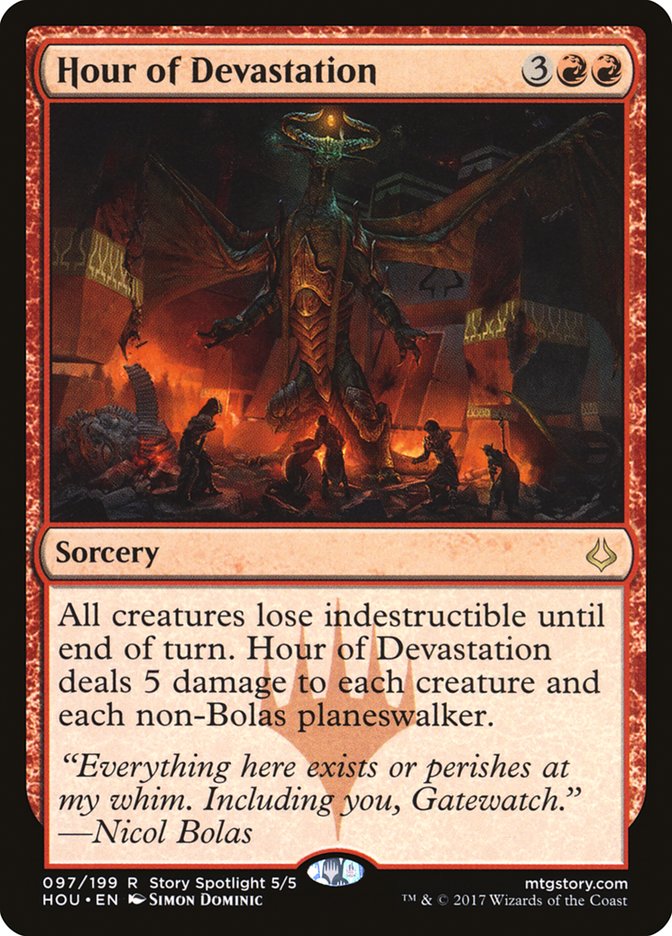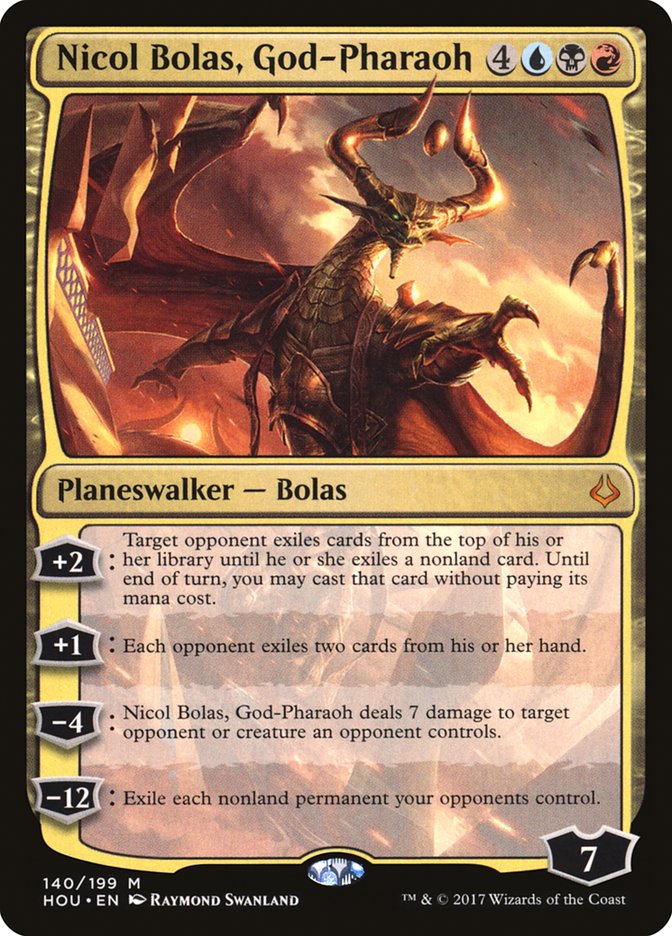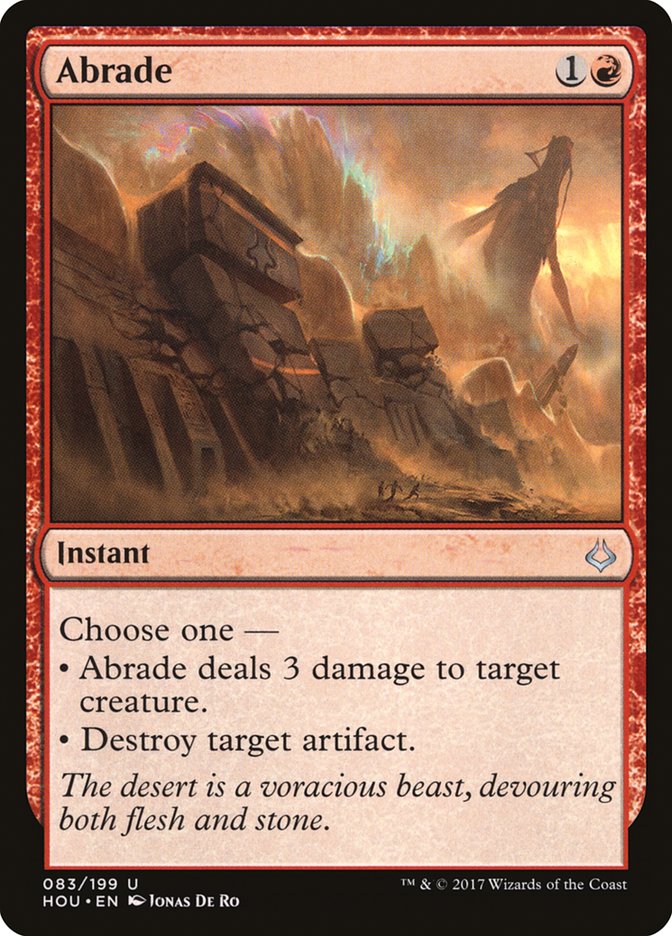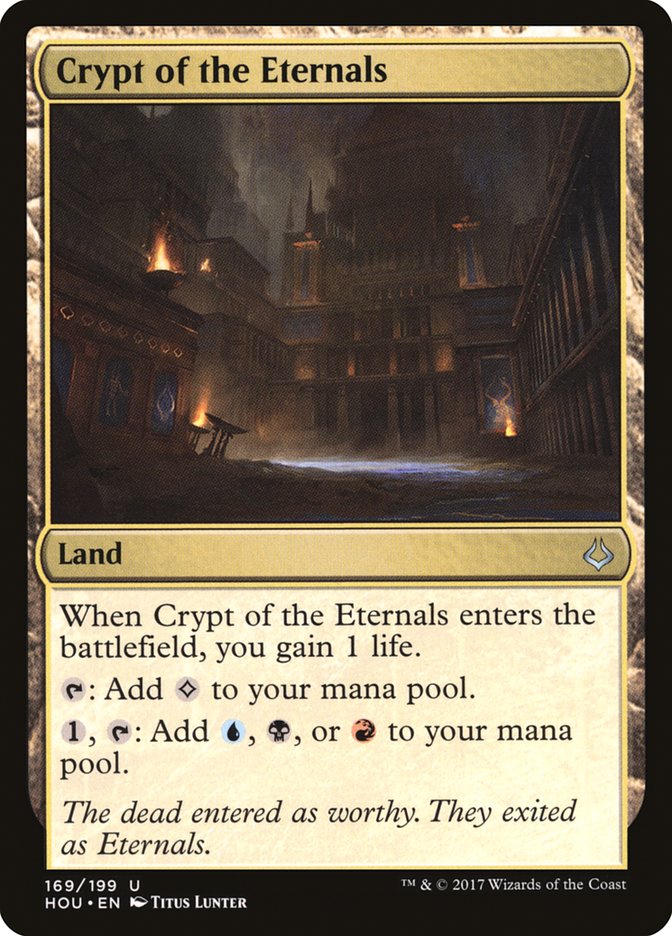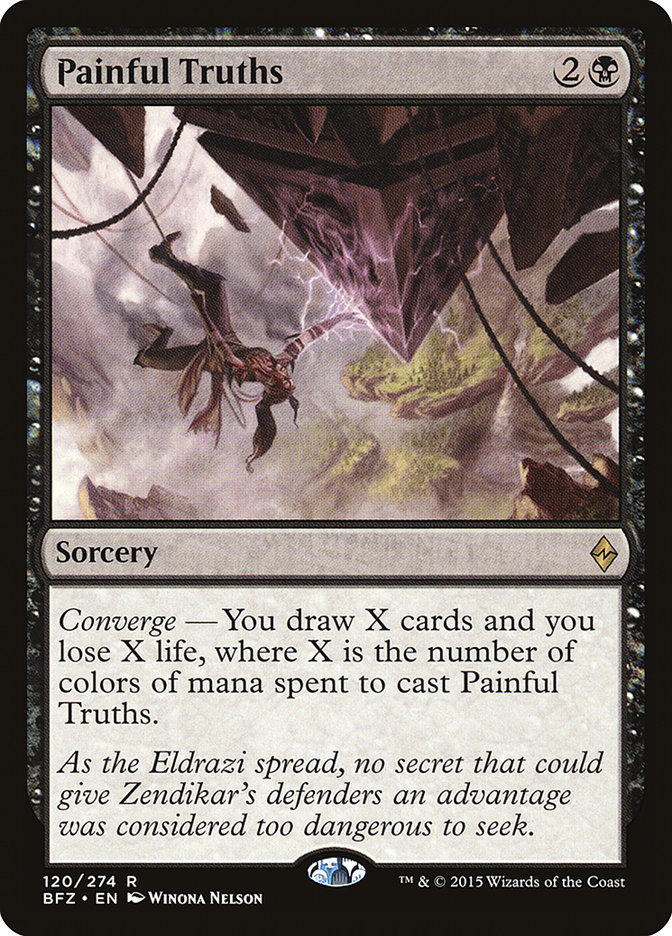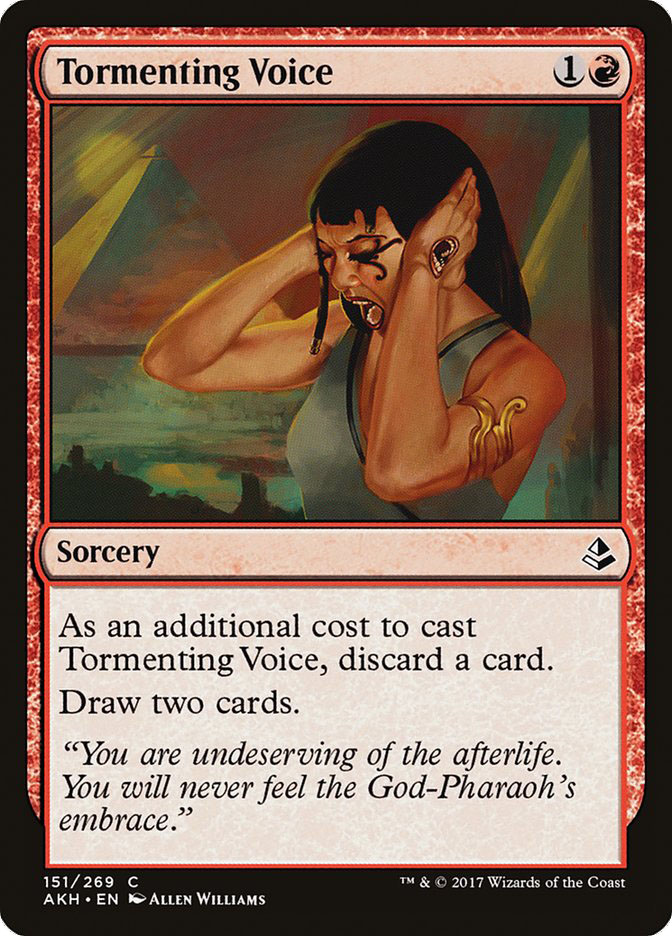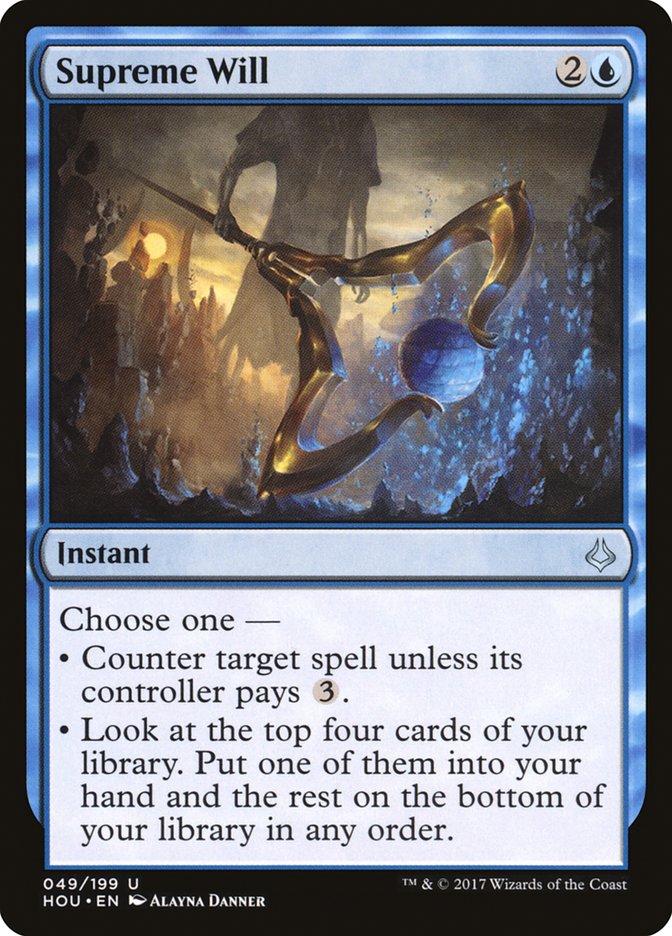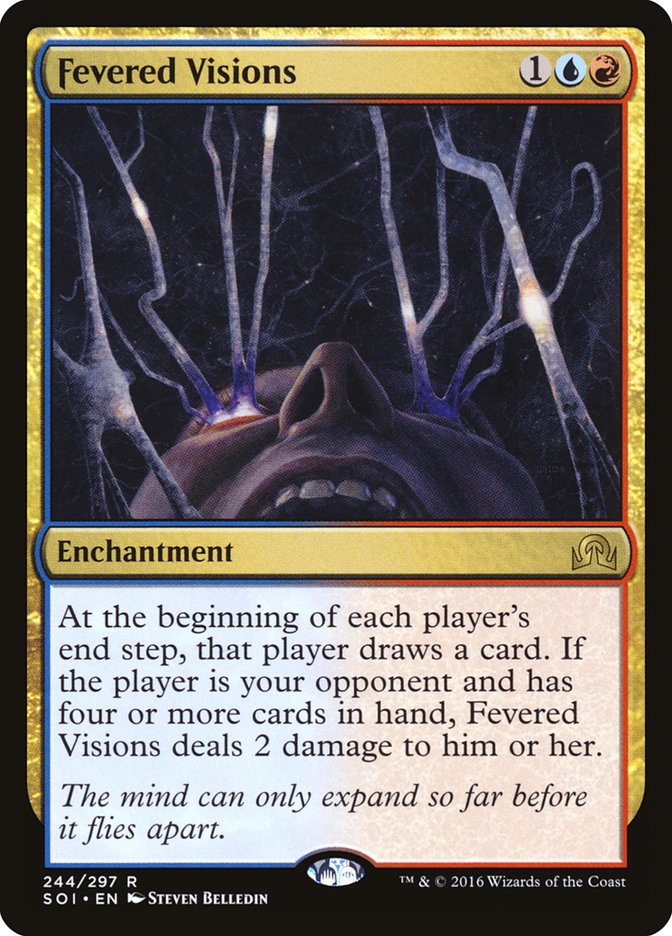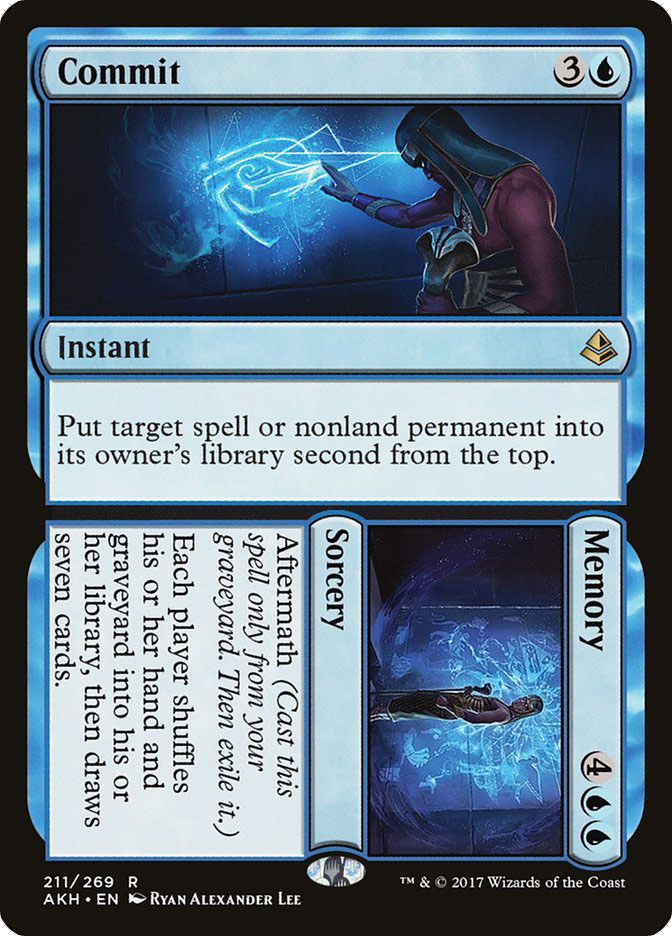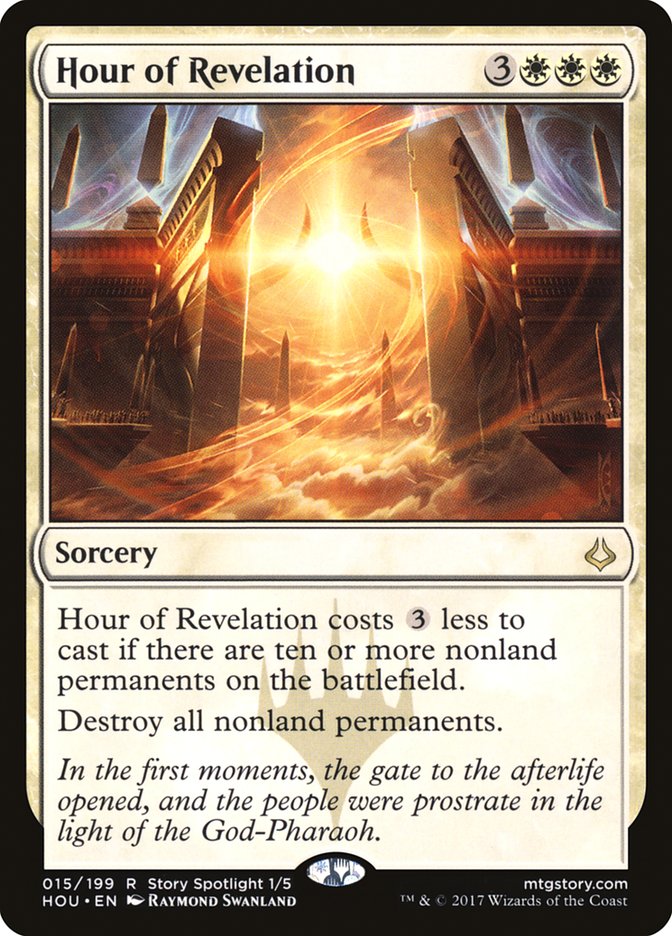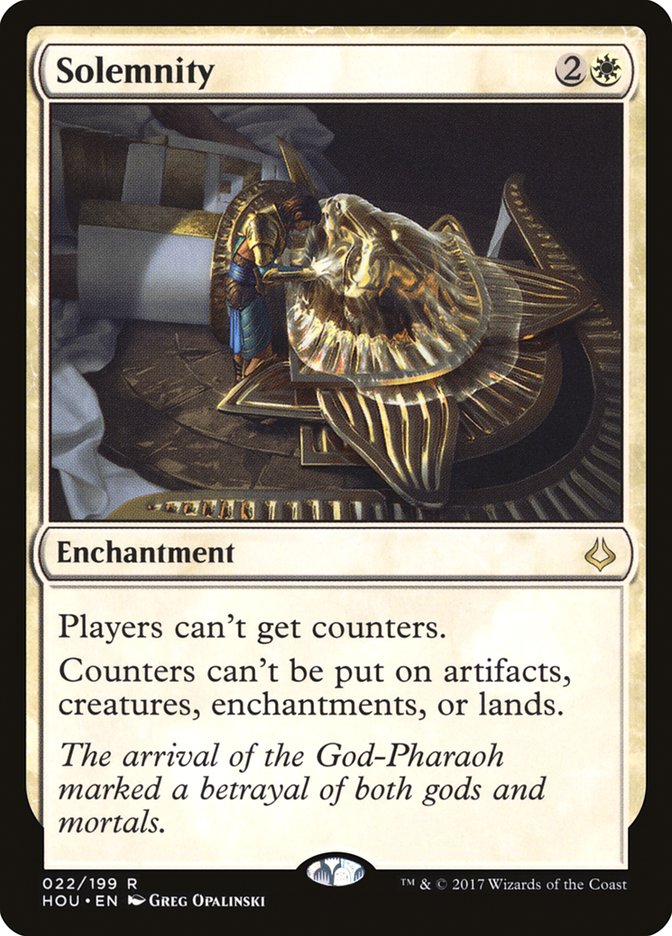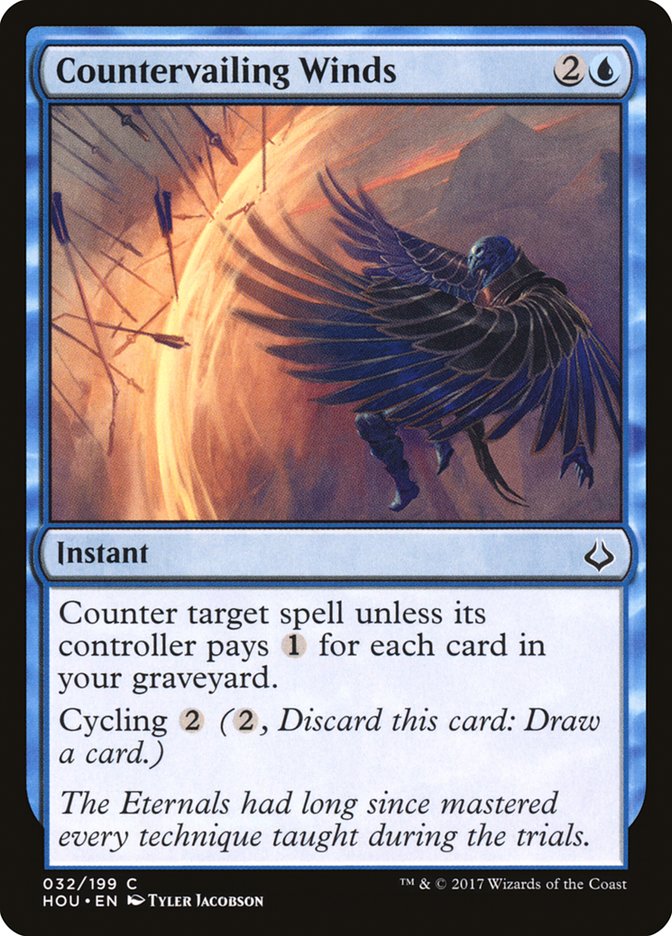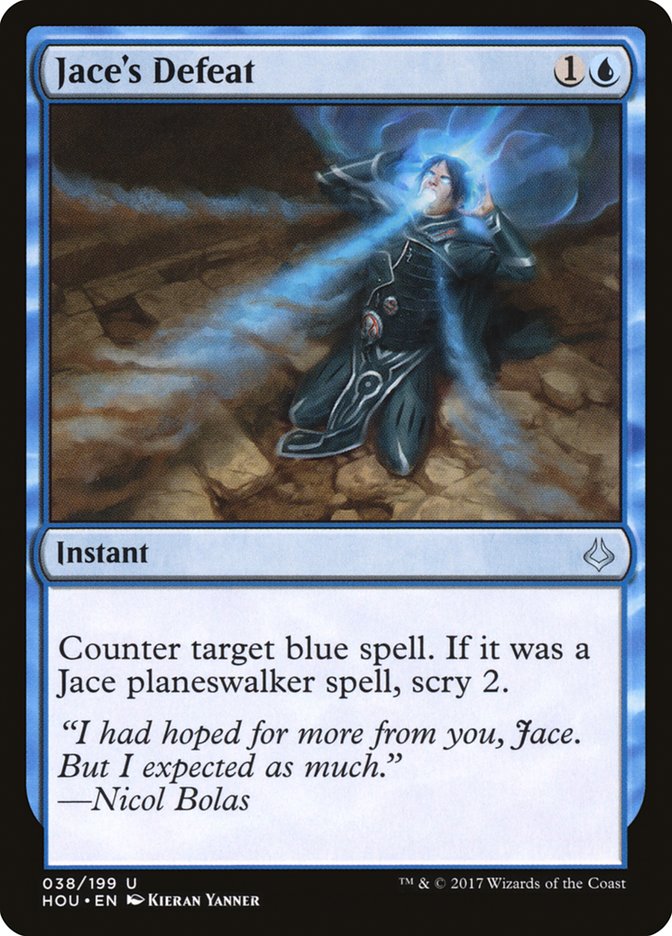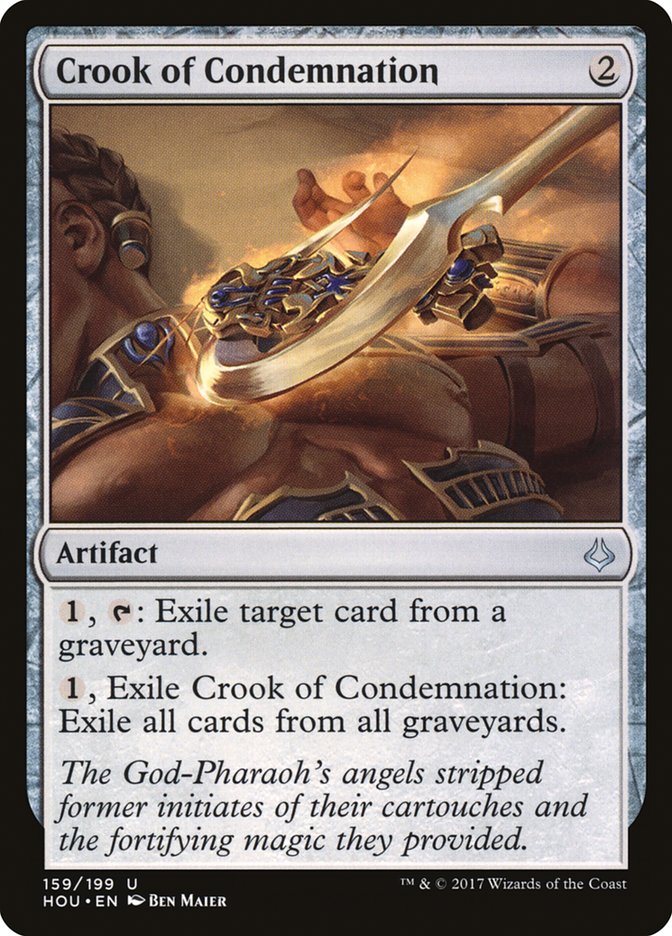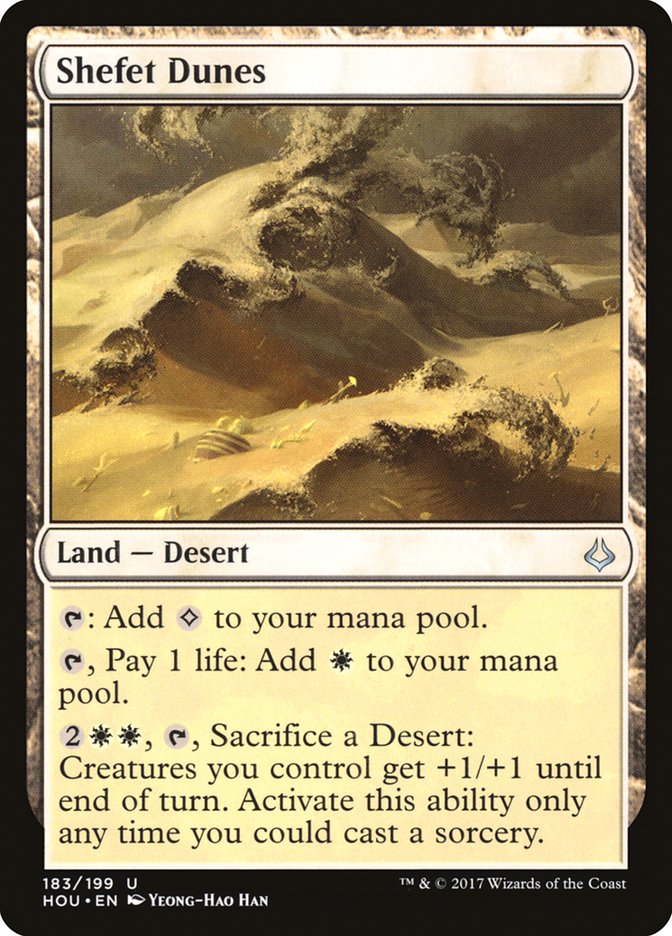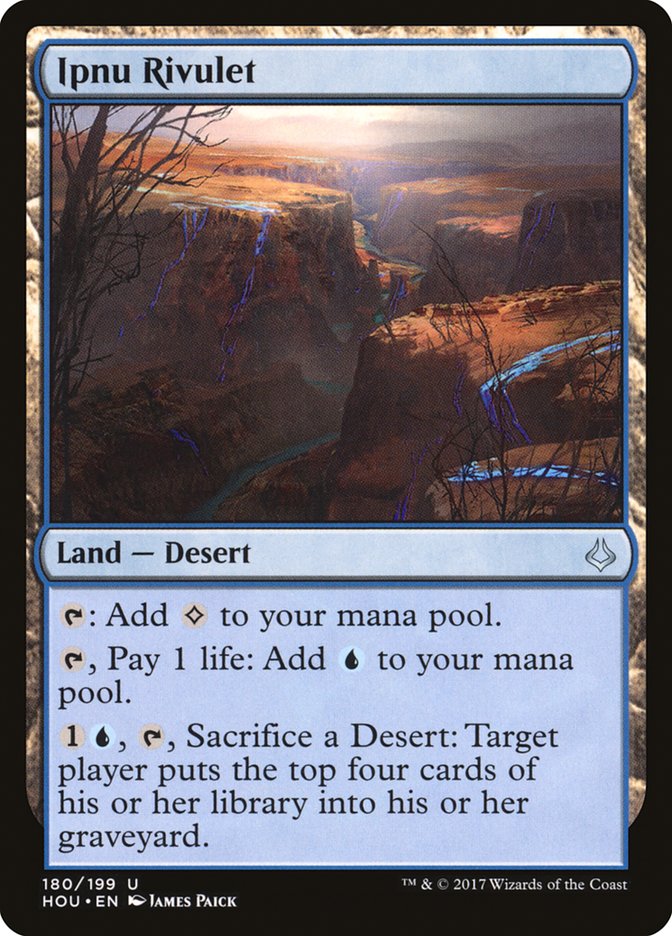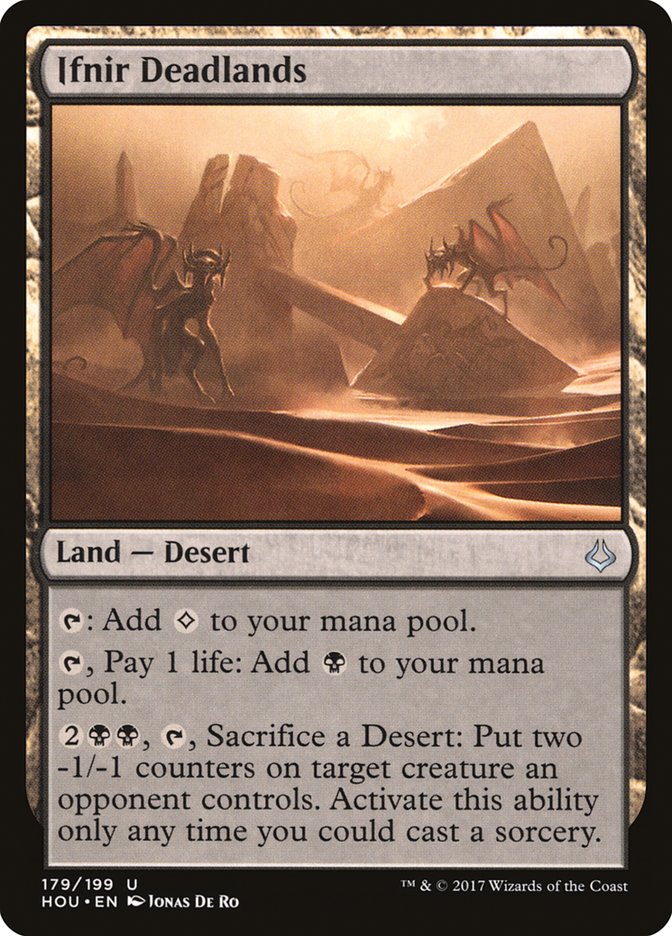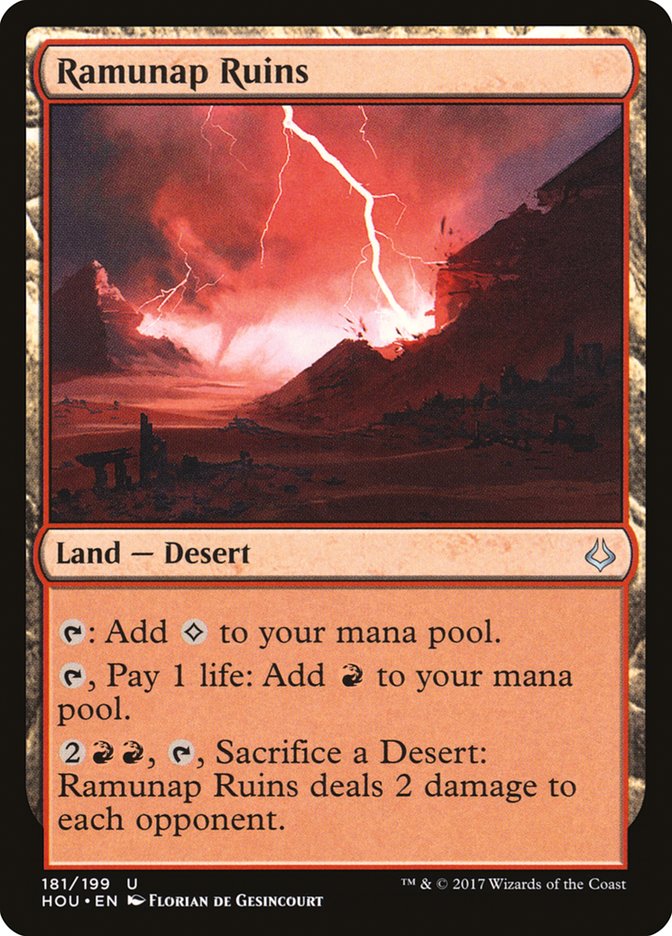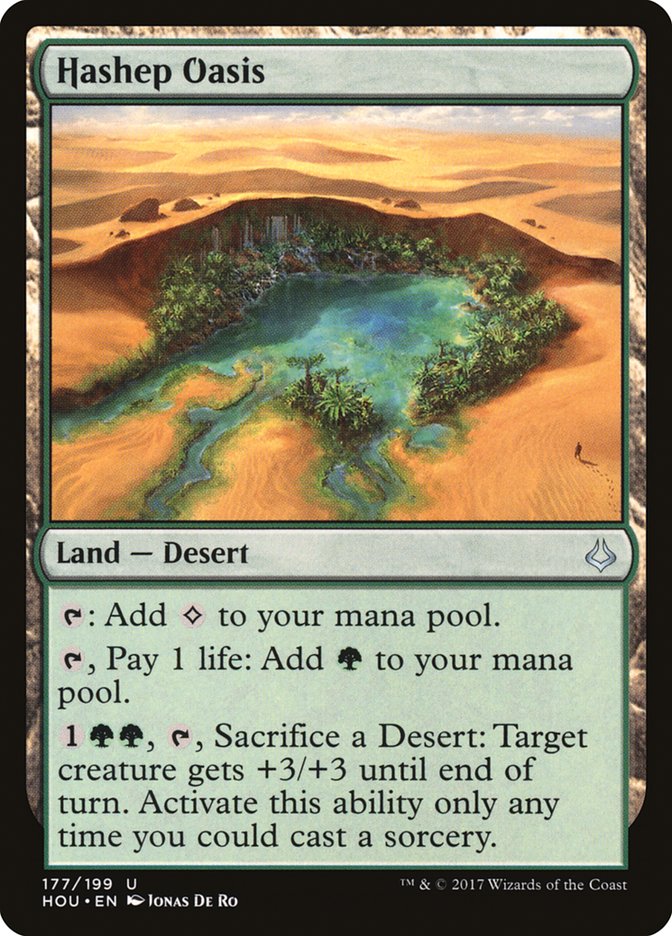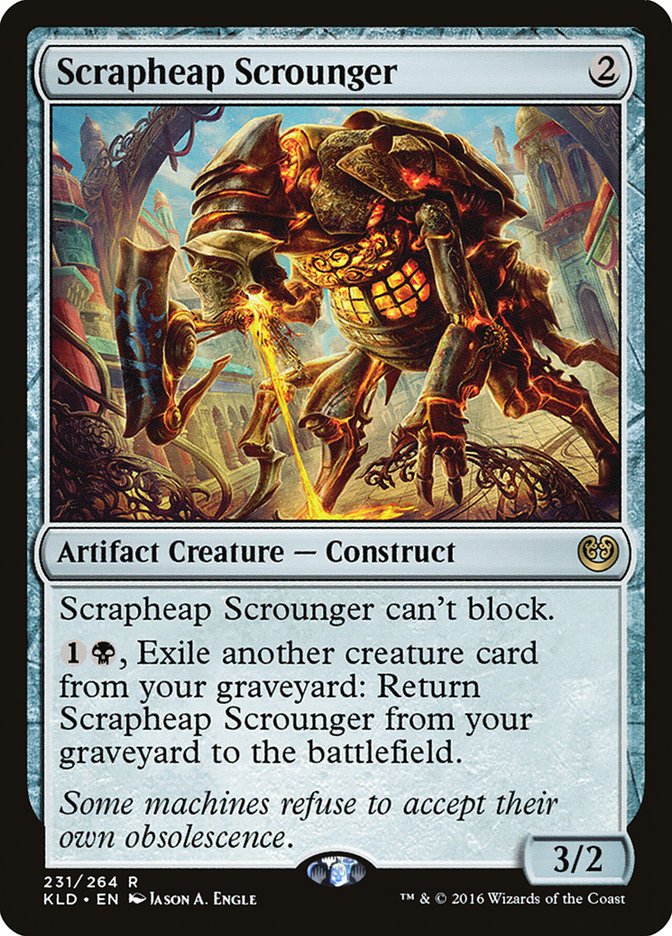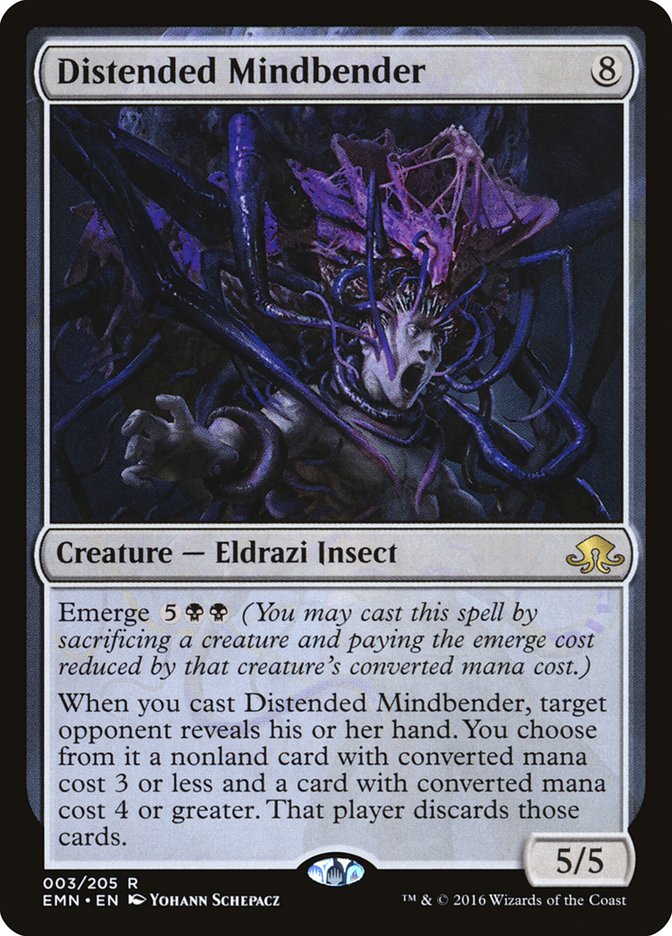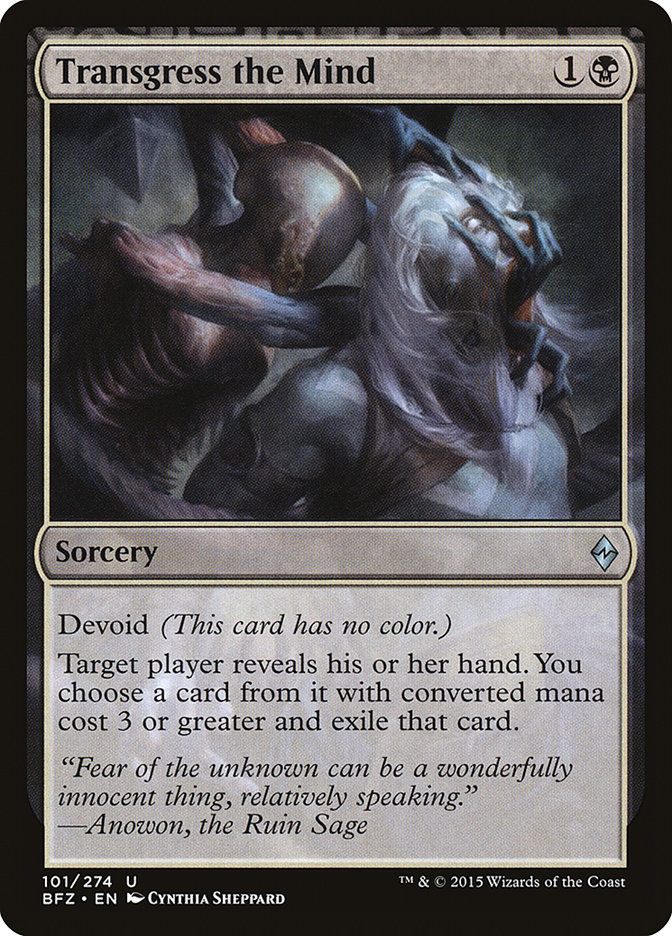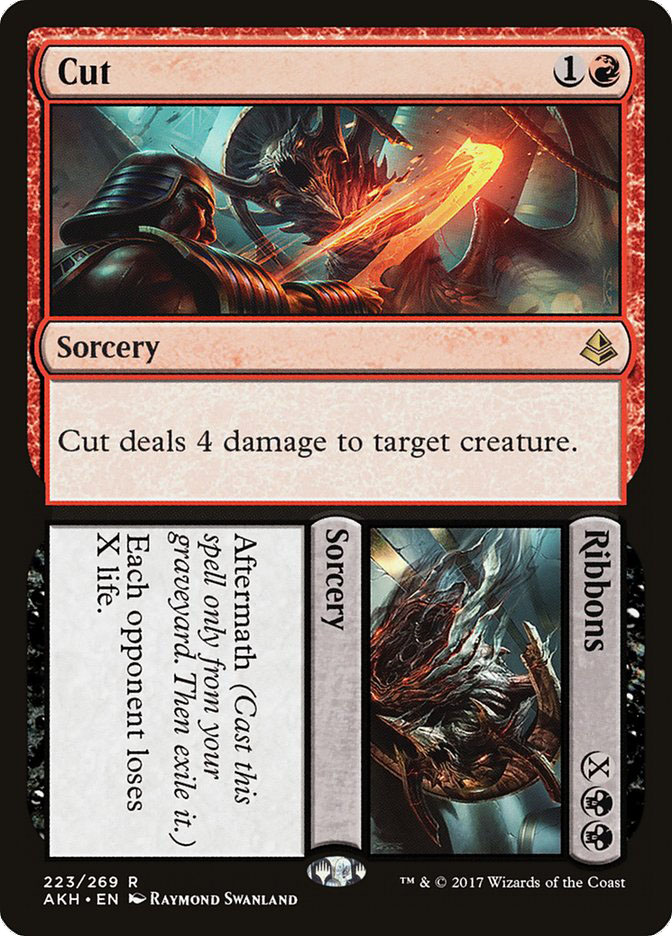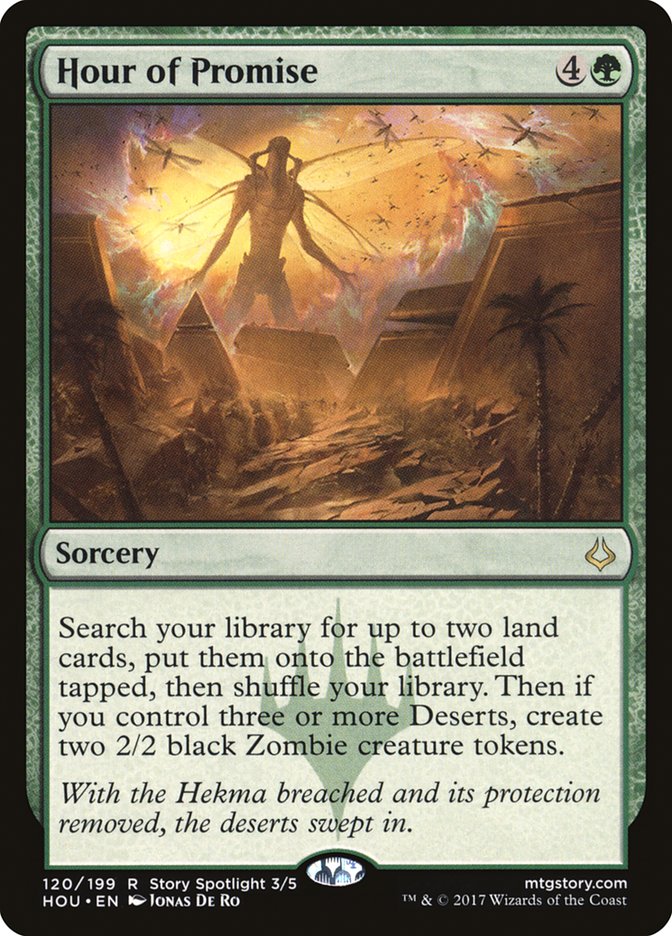Hour of Devastation is almost here, with the Prerelease starting this weekend and #SCGCIN the following weekend. That means it’s time to work hard to find the best Standard deck for Week One. Hour of Devastation will be the eighth set legal in Standard and will therefore have a smaller impact on the format than a normal set simply due to the sheer number of cards already available in the format, not to mention it being a small set. However, Standard is still searching for identity with all of the recent bannings and there is plenty of room to innovate and to bring something fresh to the table for Week One, so let’s take a look at some decks that are the top of my list to try out for #SCGCIN.
Planeswalkers (8)
- 1 Ob Nixilis Reignited
- 1 Jace, Unraveler of Secrets
- 4 Chandra, Torch of Defiance
- 2 Nicol Bolas, God-Pharaoh
Lands (26)
Spells (26)
- 2 Negate
- 2 Magma Spray
- 2 Essence Scatter
- 3 Tormenting Voice
- 1 Transgress the Mind
- 3 Painful Truths
- 2 Oath of Liliana
- 2 Fatal Push
- 2 Never
- 2 Censor
- 3 Abrade
- 2 Supreme Will
Sideboard

If there is one deck Hour of Devastation is telling you to build, it’s Grixis Control. This was the first list that I tried, and what I played in the VS Series yesterday. I didn’t have access to the entire #MTGHOU set at the time, and there is one specific card that was previewed after the video that I’m excited to put into the deck:
Our set’s namesake card will be a much welcomed addition to red control decks everywhere and will instantly be slotted in. So with that in mind, this is where I’m currently at with my Grixis Control deck:
Planeswalkers (7)
Lands (26)
Spells (27)
- 2 Negate
- 2 Magma Spray
- 2 Essence Scatter
- 1 Transgress the Mind
- 3 Painful Truths
- 2 Oath of Liliana
- 2 Fatal Push
- 2 Never
- 2 Censor
- 3 Abrade
- 3 Supreme Will
- 3 Hour of Devastation
Sideboard

As you can tell, I haven’t changed much from my VS Series video and I still like a lot of what is going on with this deck. This kind of control deck is a different style from what we have usually seen since Kaladesh, where Torrential Gearhulk has dominated control decks and rightfully so. However, I don’t believe Nicol Bolas, God-Pharaoh will fit well in those blue-based control decks that we’ve been seeing recently, mostly because it’s a seven-mana sorcery-speed threat, but it will do well in a deck that is more based around the colors black and red.
The power level of Nicol Bolas, God-Pharaoh is exactly where it needs to be, and it’s going to be an extremely difficult card to beat after it resolves, but I’m glad it’s not on the “obviously way too good” level of a card like Emrakul, the Promised End was. Only thing about Nicol Bolas I really don’t like is that it can’t immediately kill the indestructible Gods from Amonkhet, which doesn’t make much sense flavor-wise, but I suppose the ultimate ability of exiling your opponent’s nonland permanents will do.
Abrade is not only a wonderful removal spell for our deck that allows us to kill Winding Constrictor or Heart of Kiran on turn 2, it could also be the reason to move away from Torrential Gearhulk and towards Nicol Bolas, God-Pharaoh. There hasn’t been much removal that has conveniently destroyed Torrential Gearhulk in the previous format, but Abrade changes that completely and can easily slot into many of the top decks of the format. Now, I’m definitely not saying that Abrade itself will knock off Torrential Gearhulk from being the king of control decks, especially with Abrade being a good target to flash back with Torrential Gearhulk, but I’m willing to try out a new win condition.
I’ve been satisfied with my current manabase so far and haven’t added in Crypt of the Eternals. Crumbling Necropolis this is not, and there is a real cost to have your spells cost one more in order to fix your mana. I like Crypt of the Eternals most in a deck that has the colorless Eldrazi from Oath of the Gatewatch, and I’m not convinced it would improve the manabase of Grixis Control.
One impressive, the other unimpressive. Painful Truths is one of the most underplayed cards in Standard right now and I’m hopeful that Hour of Devastation can bring it back to the forefront. Tormenting Voice, on the other hand, simply wasn’t cutting it and I’ve dropped them for the copies of Hour of Devastation that have been added to the deck.
Although I don’t want to have too many cards that cost three mana in the deck because it’s easier to start double-spelling with two-mana cards, I’ve added another copy of Supreme Will. With the printing of Hour of Devastation, it’s more likely that you can use the Impulse form of Supreme Will to smooth out your draw while catching up on the battlefield with Hour of Devastation. Overall I’ve been quite impressed by Supreme Will and think it will be a Standard staple in control decks.
The last major change has been adding Fevered Visions to the sideboard, as I believe it’s a wonderful card to fight other control decks and I believe control decks will have a resurgence after Hour of Devastation releases.
Creatures (3)
Lands (26)
Spells (31)

Speaking of control decks, U/W Control was my deck of choice for the #SCGINVI last weekend. This was the list that I played, as Jody Keith borrowed my deck for the Standard Classic and simply added in the two Westvale Abbeys over the seventh Island and Plains. Westvale Abbey was a card I highly considered for the #SCGINVI, and although I was ultimately scared of having a colorless source in my deck, I was wrong and the Westvale Abbeys deserved a place in the deck.
White offers plenty of removal spells that can deal with creatures that are indestructible, have hexproof, or are of any size, which is exactly why I played it at the Invitational. I couldn’t find any Standard deck I really liked but everything I played lost to Longtusk Cub, Rhonas the Indomitable, and Bristling Hydra, so I decided to make a U/W Control deck. I purposely didn’t look up any decklists before the event so I wouldn’t have any bias on the cards I wanted to play and built the deck to simply beat the different green energy decks, and I knew I had no time to test the control deck and wanted to stick to the cards my gut feeling wanted to play.
Needless to say, I was committed to one goal for Standard at the #SCGINVI and the deck turned out to be much better than I thought it would be. I only lost two matches in Standard, one being to Todd Anderson’s U/W Monument deck after not being able to handle a Game 3 Gideon, Ally of Zendikar and the other to a bad keep Game 1 and a terrible flood Game 3. Besides the control mirror win on camera against Shaheen Soorani, where I was extremely fortunate to win as my deck wasn’t built to beat other control decks at all, I won most every other game easily.
After lending the deck to Jody Keith and seeing him be the one-seed heading into the Top 8 of the Standard Classic, I really like the power level of the deck and could easily see myself playing it again at #SCGCIN. Since that’s the case, let’s take a look at what #MTGHOU adds to U/W Control moving forward.
Hour of Revelation is an extremely powerful card that can help our deck clean up multiple types of resolved permanents, but unfortunately it’s not for this deck. When seven of our removal spells are permanent-based between Stasis Snare and Cast Out, playing a six-mana sorcery that destroys our own enchantments is simply not where we want to be. The deck could be remade to be able to include Hour of Revelation, but I’m not convinced that’s necessary.
Gideon’s Defeat is a perfect sideboard card for our deck and is a very useful answer to Gideon, Ally of Zendikar as well as any other white creature. We already have Cast Out to answer resolved planeswalkers, but there are only four of them in the deck and Gideon’s Defeat is a mana-efficient way to deal with not only Gideon but other white creatures when your opponent sits back and makes tokens instead of getting aggressive with their planeswalker.
Solemnity is close, but ultimately I don’t think it’s worth a slot in the deck. It would be most useful against B/G Energy by not only stopping them from gaining energy, thus shutting down Glint-Sleeve Siphoner, but also by preventing all the numerous ways they have of adding counters to their creatures. Although those are nice features for the matchup, I’m not convinced it’s worth an entire card and three mana yet.
Even more three-mana counterspells are entering the format, but these two have the ability to replace themselves if need be. I don’t like three-mana counterspells in the current format because of the ability for other decks to get under them easily, and I played zero at the #SCGINVI, but I’m more intrigued by these two because of their ability to replace themselves. Out of the two, I’m a bigger fan of Supreme Will, but unfortunately it will always cost three to cast and doesn’t have a cheaper cycling option.
Mostly just worse than Negate in the current format, even though it can counter a Whirler Virtuoso or Rogue Refiner. Leaving this one on the bench for now, but may include it later in the format if control decks become very popular.
Fine sideboard card to fight graveyard strategies, and therefore the expected metagame will determine how many, if any, copies of Crook of Condemnation are necessary in the sideboard.
With all of that, here is my U/W Control deck I’m starting with for #SCGCIN testing:
Creatures (4)
Lands (26)
Spells (30)

If you want to beat the various green aggro energy decks, there’s no better place to turn than U/W Control, and therefore it’s one of the frontrunners for me at the beginning of #SCGCIN testing.
What I’m most excited about from Hour of Devastation are all of the new Deserts and the ability to have a working manabase to play two-color decks with the colorless Eldrazi from Oath of the Gatewatch.
Now these are some utility lands that I can get behind. These five lands will open up many different possibilities for Eldrazi decks to come back to Standard, but to start with the one I’m most excited about is R/B Eldrazi.
Creatures (22)
- 2 Reality Smasher
- 4 Thought-Knot Seer
- 4 Matter Reshaper
- 4 Hanweir Garrison
- 4 Scrapheap Scrounger
- 4 Glorybringer
Planeswalkers (4)
Lands (26)
Spells (8)
- 2 Fatal Push
- 2 Cut
- 4 Abrade

This is a variation of the Mono-Red Eldrazi deck that I wrote about last week and have been streaming a lot recently, and Hour of Devastation is only going to make this deck better with the improved manabase. I don’t think it’s unreasonable to have two colors anymore with the new manabases and will start with red and black.
The backbone of our deck isn’t changing, and for good reason. The power level of the core to our deck is extremely high and it’s the main reason to play the deck. Hanweir Garrison is a must-answer threat that will take over the game if you’re allowed to attack, while the rest of the cards have naturally built-in card advantage. However, the role-players of our deck are getting a big upgrade with adding in another color.
The best thing that black helps the deck with is the control matchup, which was the worst matchup the deck had. We now have access to Scrapheap Scrounger maindeck, a card that has always been a thorn in the side of control decks everywhere and that pairs nicely with Matter Reshaper. In the sideboard we have access to Distended Mindbender and Transgress the Mind to rip our opponent’s hand apart and make it harder on them to answer our threats.
Fatal Push is a nice upgrade over Magma Spray, as one of the hardest cards for Mono-Red Eldrazi to deal with in the past was Longtusk Cub because it could get out of range of the burn spells so quickly. Cut // Ribbons can similarly deal with larger creatures such as Glorybringer while giving our 26-land deck some additional reach in the late-game. Abrade upgrades our Harnessed Lightning, which previously struggled with destroying Heart of Kiran, and can also be used to destroy problematic Gearhulks in the late-game.
Not only are we able to add an additional cheap threat with Scrapheap Scrounger, but we’re also able to upgrade the removal suite and sideboard, and I’m excited for R/B Eldrazi moving forward into #SCGCIN.
These are a few decks that I’m excited to start working on for Week One Standard, but there are many more ways to take the new format. I’m also excited to build around the aptly named Hour of Promise, which truly describes how I feel about Standard moving forward. It’s been over a year since I’ve been so excited to play Standard, and I already can’t wait for SCG Cincinnati in two weeks and to see what everyone brings.


